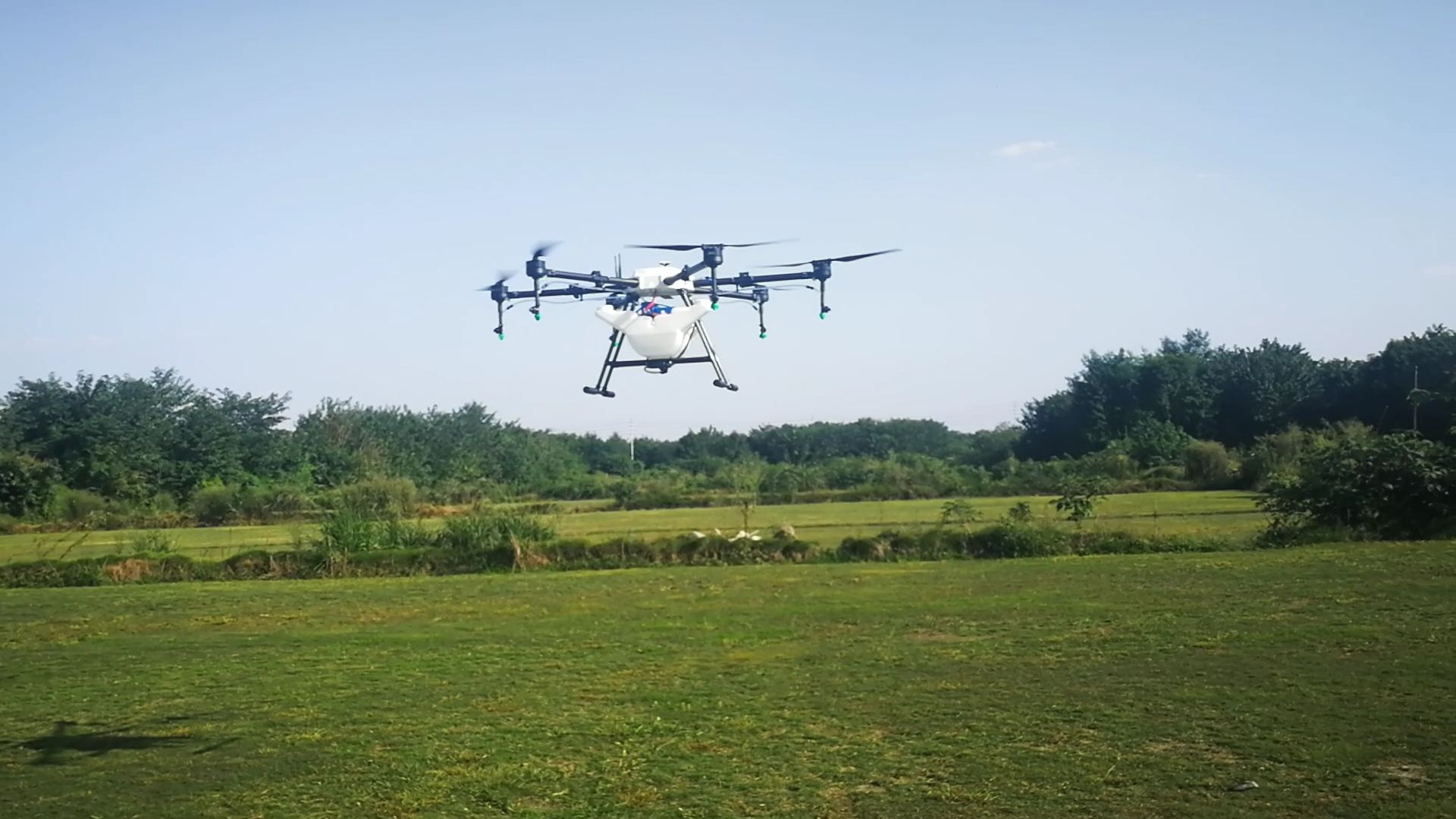12 steps to crops scouting successfully with drone

FLIGHT PREP: Checking signals and making sure everything is in order before launching a UAV is vital, Bob Nielsen says.
Nielsen obtained his FAA remote pilot certificate this past summer. He and a visiting scholar from Ecuador, Ana Morales, began evaluating UAV photographs of field trials throughout Indiana.
“I’m excited about the potential they hold for getting information on crops when you need it, and getting it quickly,” Nielsen says. “We’re still learning how to operate them in various situations, but we certainly learned a lot about what crops were doing this season that we could not have seen just walking fields.”
12 steps fo crop scouting drones
Here are 12 steps for flying a UAV successfully to scout crops, based on Nielsen’s and Morales’ experiences so far. Both emphasize that it’s a learning process.
1. Study for and obtain your FAA remote pilot certificate
Anyone using these aircraft for commercial purposes is required to get a remote pilot certificate. That includes farmers using them to make economic decisions on their farm.
2. Select a UAV
Choose from a multi-rotor or fixed-wing model. Multirotors tend to be less expensive and more flexible to fly. Fixed-wings allow you to cover more acres per battery charge.
3. Decide how much digital image information you need
During first year you can using the UAV with a regular camera taking color digital images. Some people opt for cameras capable of infrared photography so they can generate Normalized Difference Vegetation Index images.
4. Make sure the UAV can handle the camera
If you’re adding an extra camera, such as one for obtaining NDVI information, make sure your UAV can handle it, and that you know how to mount the camera to the aircraft.
5. Understand the capabilities of your UAV
How many minutes can it fly on a single battery? How many acres can you cover in one flight? Many people find that because of weather conditions, they may not get quite as many minutes per flight as the manufacturer suggests.
6. Cash in on your UAV’s advantages
Satellite and aerial services are also available to provide crop information. If it’s cloudy when they fly, you won’t get as good an image. If it’s cloudy and you have your own UAV, you can wait until skies clear.”
7. Understand the limitations of your UAV
If you have 100 acres to cover, you probably won’t fly it on one battery, We suggests planning ahead and purchasing extra batteries. Some units are equipped with safety features that signal it to head back to the launch area if the battery is critically low.
8. Avoid other objects
Flying near trees and power lines isn’t recommended. Many units today also have built-in crash avoidance sensor technology. If the unit senses an object within so many feet, it will hover and won’t advance.
9. Take wind speed into account
Understand what your user’s manual says about flying in windy conditions. One usual outcome is that the UAV runs out of battery faster in windy conditions.
10. Know why you are flying the UAV
What is it you want to learn? Early in the season over V3 corn, it may be to judge color and evenness of the crop. Near the end of the season, you may be looking for areas of nitrogen deficiency or stalk rot.
11. Know how to pinpoint locations for ground-truthing
It’s important to georeference spots where you believe you need to take a closer look on the ground. That’s the value of ‘stitched’ whole-field images. Then you can walk directly to that spot and determine why it’s different than the rest of the field.
12. Choose how to use the data you collect
Flying manually allows you to shoot photos or video wherever you want. Flying with a planned flight mission results in hundreds of images taken automatically. They can be stitched together like a jigsaw puzzle to create a single whole-field image. You can buy software to stitch them, or you can subscribe to a service.
6 rotors plant protection UAV 16KGS agriculture sprayer
Intelligent Agriculture is the trend of all over the world. And the intelligent drone act as a important role in this world plan.
Agriculture spraying drone can replace the traditional pesticide sprayer and it's speed is 40times of the traditional sprayer. It will save 90% water and 30%-40% pesticide. Small droplet diameter make the pesticide more well-distribute and improve the effect. At the same time, it will make the people faraway from the pesticide and reduce the pesticide remain of the crop.


